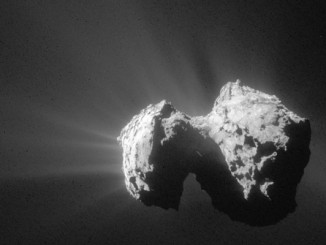
Month: July 2015

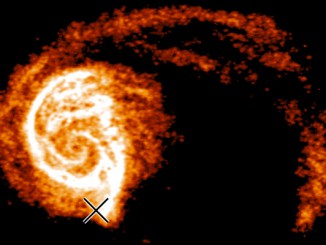
Simulated map of missing satellite galaxies could answer dark matter puzzle
A ripple in the outskirts of the Milky Way led Rochester Institute of Technology astrophysicist Sukanya Chakrabarti to a previously undetected dwarf galaxy hidden under a veil of dark matter. Now Chakrabarti is refining her technique to uncover dwarf galaxies and understand dark matter by simulating the evolutionary histories of galactic discs and their satellite populations.
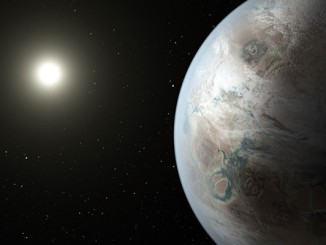
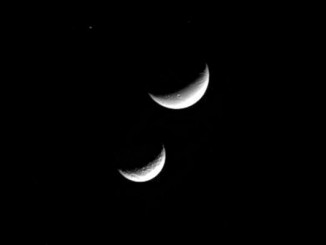

Pulsar punches hole in stellar disc
A fast-moving pulsar appears to have punched a hole in a disc of gas around its companion star and launched a fragment of the disc outward at a speed of about 4 million miles per hour. NASA’s Chandra X-ray Observatory is tracking this cosmic clump, which appears to be picking up speed as it moves out.
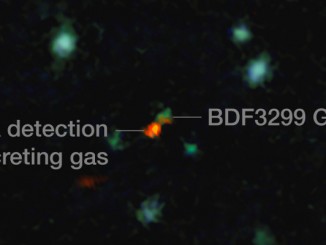
ALMA witnesses assembly of galaxies in early universe
The Atacama Large Millimetre/submillimetre Array (ALMA) has been used to detect the most distant clouds of star-forming gas yet found in normal galaxies in the early universe. The new observations allow astronomers to start to see how the first galaxies were built up and how they cleared the cosmic fog during the era of reionisation.

Pluto probe’s camera sees striking geologic boundary
A newly discovered mountain range lies near the southwestern margin of Pluto’s Tombaugh Regio (Tombaugh Region), situated between bright, icy plains and dark, heavily-cratered terrain. This image was acquired by New Horizons’ Long Range Reconnaissance Imager (LORRI) on July 14, 2015 from a distance of 48,000 miles.

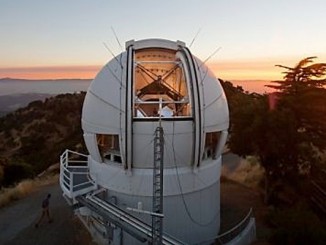
Lick Observatory joins search for intelligent life in the universe
The Breakthrough Prize Foundation announced a $100 million initiative to dramatically reinvigorate the search for intelligent life in the universe over the next ten years. Lick Observatory’s Automated Planet Finder (APF) Telescope will undertake a new deep and broad search for optical laser transmissions from nearby civilisations, if any exist.
